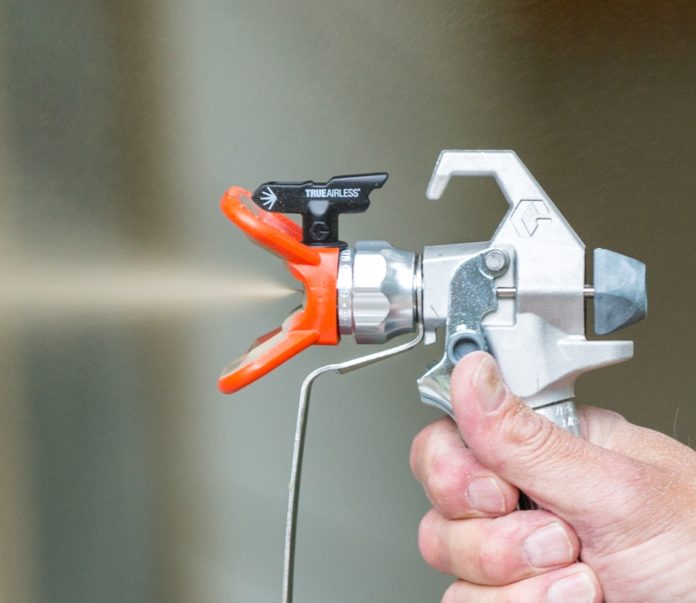
To get the most benefits from your spray painting gun you need to learn as much about your gun as possible. Knowing the limitations your equipment has will prevent frustration as well as save you time and money.
Almost everyone can effectively use spray paint guns and their accessories. The tools are designed to be simple to use, and when used properly they will save you time, and save you money.
The following tips will help you to get the most from your equipment.
5 Tips on How to Use Painting Guns
Know Your Equipment
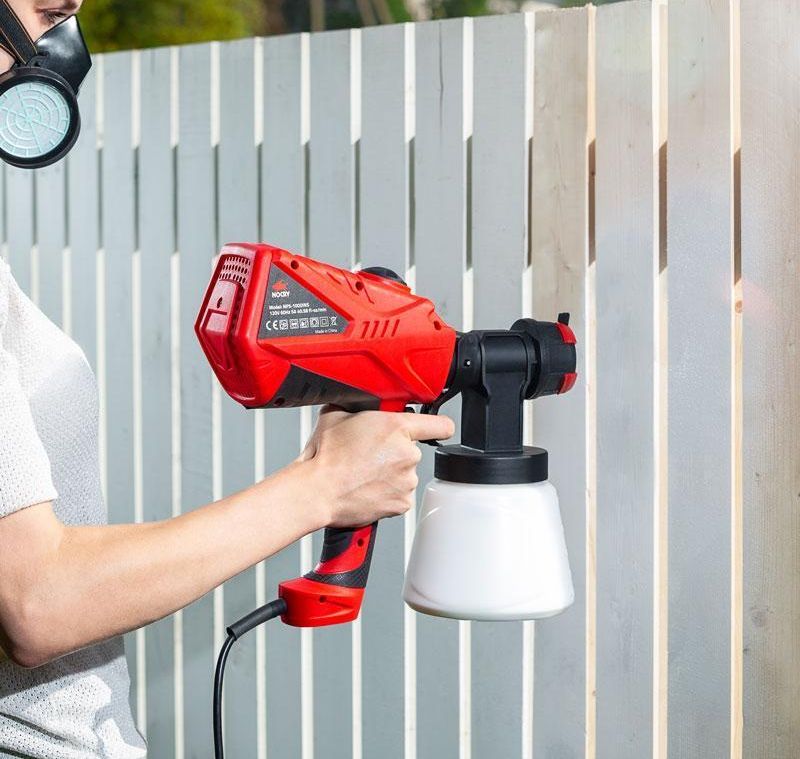
The majority of us are in a hurry to get our projects started. Therefore, we often overlook reading the instruction manuals that come with tools.
If you really want to get your job done quickly and get professional results, then take the time to read the instructions.
A spray painting gun is designed to break paint up into tiny droplets and then spray those droplets onto a surface. This spraying is referred to as transfer.
There are several varieties of spray paint guns. These include:
- Suction or cup guns that have a holding cup for the paint. These guns can hold up to 1 quart of paint.
- Pressure fed guns that allow the paint to be pumped up and through the gun. You can often use containers of paint that are as large as 5 gallons with these.
- Gravity-fed guns are like suction guns and they hold paint in a small container on the gun. They rarely hold more than 1 quart of paint.
Air Pressure Makes a Difference
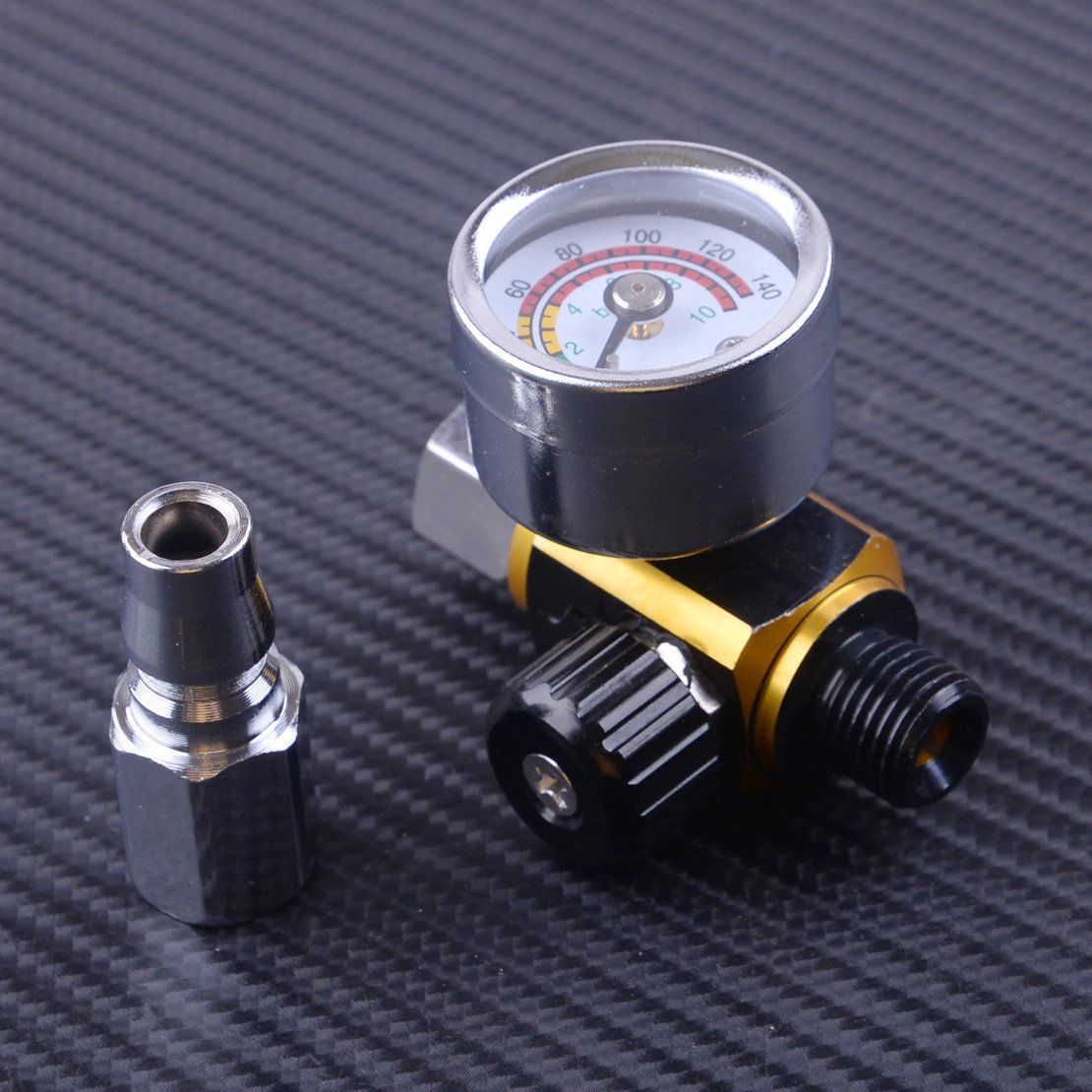
If the air pressure you are using is too high then the paint you apply will transfer in a pattern that resembles a figure 8. It will be thicker at the top and bottom and thin through the middle.
The amount of air pressure will also affect the distance that you need to hold the spray gun away from the surface you are painting.
If the air pressure is too low then the paint drops are not fine enough and they run after transfer. This is because the larger drops do not dry quickly enough to stop runs and sags.
To get the perfect pressure start with the lowest recommended setting (this information is in the manufacturer instructions). Spray a small amount of paint on a test board. Increase your setting by no more than 5 pounds at a time. Once you like your test spray make a note of the pressure setting so you can use it again the next time you paint.
Distance between Surface Area and Spray Gun
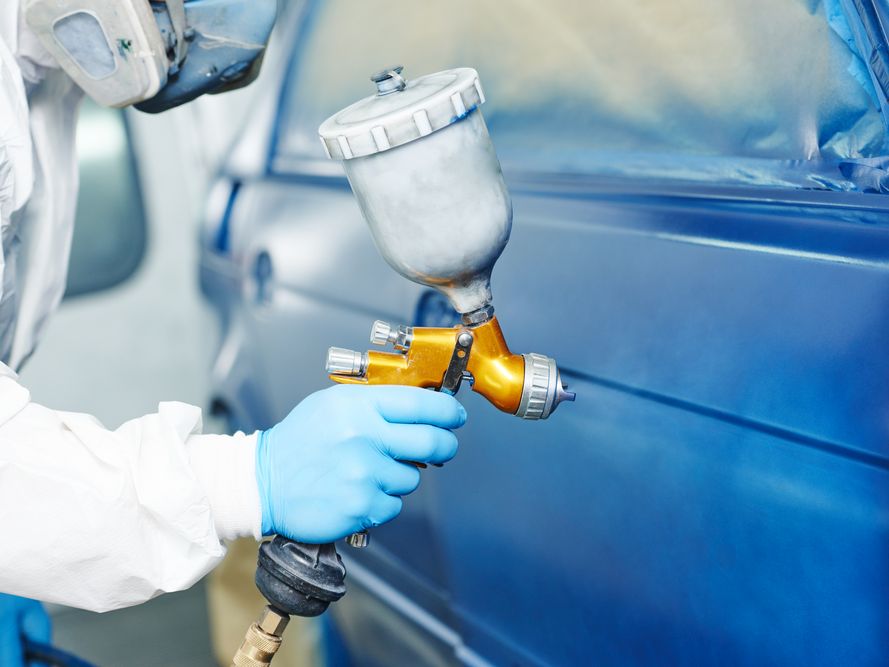
Another key factor in creating a professional-looking paint finish is keeping your spray gun at the right distance from your surface area.
If you hold the gun too close to the surface area the paint may be too thick, it may run, or it may sag.
If you hold the gun too far away from the surface then the paint transfer may be too thin. This may cause the paint to have an orange peel appearance.
The majority of paint gun manufacturers suggest that these tools be at least 8 inches away from the surface, and are no farther than 12 inches away.
Read your instructional manual for distance recommendations. Always do a test spray so you can be assured that your distance is perfect for the product you are spraying.
You MUST Overlap the Paint
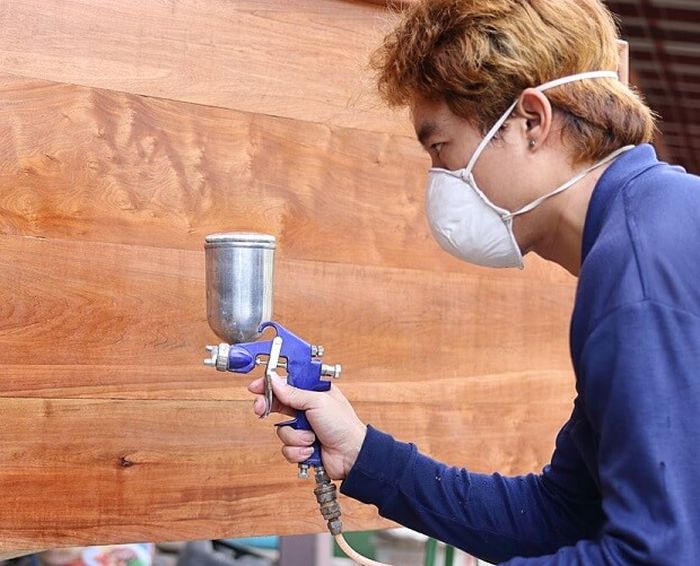
It is critical when you move over to start a new line of paint that you allow your paint lines to overlap. You should aim to overlap as much as fifty percent. This overlapping technique eliminates lines or thin areas in your coverage.
Your paint application is thin so the overlapping areas should not appear darker than the other areas. If your practice overlap appears darker when dry then you need to hold your gun farther away from the surface as you make your overlap, or increase your pressure slightly.
If you are interested in learning even more about spray paint guns and techniques visit https://painterscare.com/
Learn to Trigger Your Gun at the End of each Paint Run
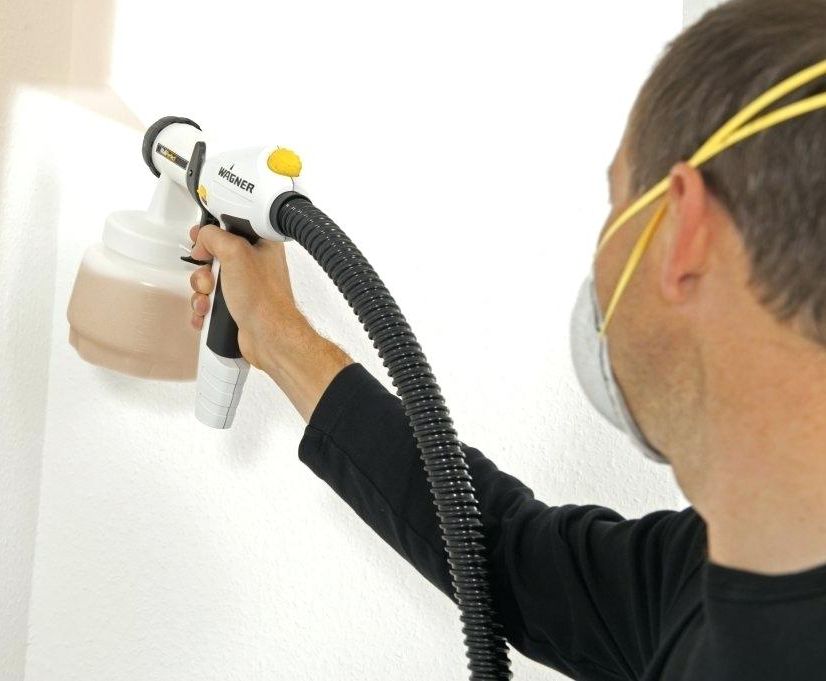
When you make a paint pass you should stop spraying paint at the end of each stroke. By taking your finger off of the trigger you reduce an excess build-up occurrence.
When you do not trigger your gun then paint is being emitted as you reposition and this causes excess paint to build up.
The excess paint causes noticeable lines to form as the paint dries. It also can allow the paint to be thick enough to run or sag.
It does take a little practice to get good at triggering, but the results are worth the effort.
Spray painting creates a smooth and ideal finish on your surfaces. It can increase the aesthetic appearance of your project, and help to save you money. Practice and experience will help you to get better results from your equipment.
















